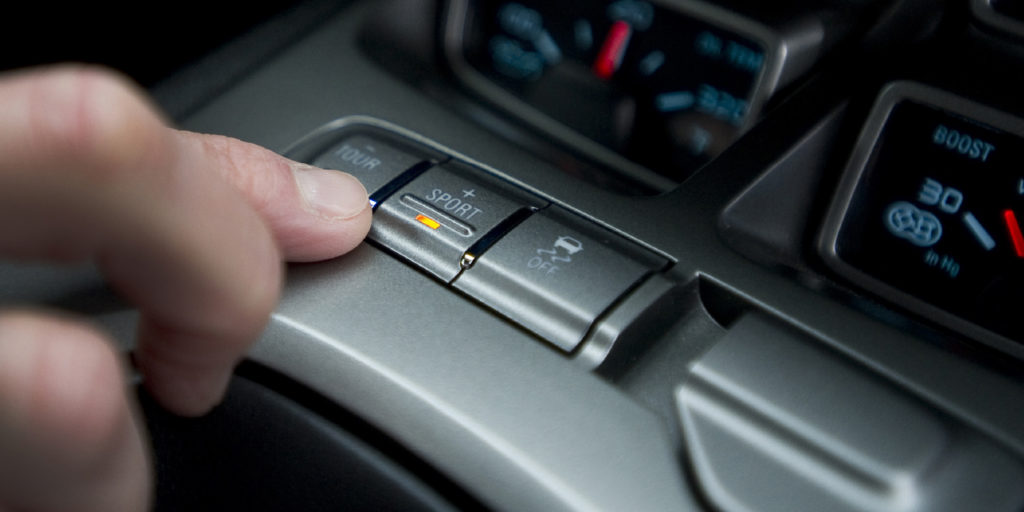Air ride, active dampening and other ride control technologies probably hit their apex of development in the past 15 years. Many of these vehicles have racked up the miles since then and now need to be repaired.
Air ride and active shocks and struts will eventually fail – succumbing to either damage to or dry rot of the air spring. The dampener will lose its ability to control the suspension’s movement due to internal wear and lose fluid inside the dampener.
Many advanced suspension vehicles have 150,000 miles or more left in the engine and body by the time the ride control units have failed. The good news is there are options to restore or just repair the air ride system.
What Will The Driver Lose?
When you convert an air ride system to springs, you are not just getting rid of the load-leveling part of the suspension, you are also removing an engineered system that balances air pressure and dampener valve controls. This system is controlled by sensors that detect road conditions and body movement. But, the benefits of active suspension systems might not be a concern of a driver just looking to get to work.
Find out if they are aware of what the air ride system offers in the areas of comfort and utility and inquire about how they use their vehicle.
On some SUVs, the load-leveling capabilities of the air ride system improve towing capacity and stability.
What Is The Price?
When replacing an air ride system with springs and passive shocks and struts using a conversion kit, consider that while the estimate for this job might be in line with replacing the air units, you could be removing a part of the vehicle that the customer has grown to enjoy.
But no matter which option is being considered, the customer’s budget and needs must be taken into account at the forefront.

Where Is The Value?
Another factor to consider is the value of the vehicle. A functioning air ride system can add thousands to the price of some vehicles. But on other vehicles, the price may have depreciated to the point where a functioning system makes little difference.
However, the conversion could also be a selling advantage. The greatest advantage of a spring conversion is the promise that the customer will not have to endure warning lights and messages during cold mornings or when the suspension has a large correction to make.
What Are The Drawbacks?
Probably the customer had minimal problems with the quality of the ride with the old system, but what brought them to your shop was the malfunction light and warning. Making sure the light is gone when the conversion kit is installed should be a top priority.
When you are looking for a conversion kit, make sure to select an electronic bypass for the air ride module. These modules perform two functions. First, they disable the module and, in some cases, allow it to be removed from the vehicle. Second, they allow the CAN bus signals to be routed through the bypass and to the next module on the network.
What Are The First Steps?
If you are thinking about recommending the latter option of converting to springs and passive shocks or struts (or maybe the owner is asking), you first need to make sure that you have done everything possible to accurately diagnose the air ride system failure.
Diagnostic labor will be a fraction of the price of the conversion kit. It could also be more profitable for your shop. With modern air ride systems, failures can occur in multiple areas, including the control modules, solenoids and even the vehicle network. A failure may appear to be due to a leaking air bag, but it might be a control module that can’t communicate, a stuck solenoid or a worn-out compressor. In some cases, the control module will require reprogramming to resolve a problem.
To diagnose an air ride problem, sell at least one hour of diagnostic labor. If the system is sophisticated like those found on late-model Land Rovers or Mercedes-Benz models with the ABC suspension, you will need to bill more diagnostic labor.
With more and more air ride-equipped vehicles accumulating miles, you can expect to see a steady stream of these vehicles in your bays. You also have more options than ever before when it comes to replacement parts and conversion kits. When writing an estimate for an air ride repair, make sure you give the customer these options.














